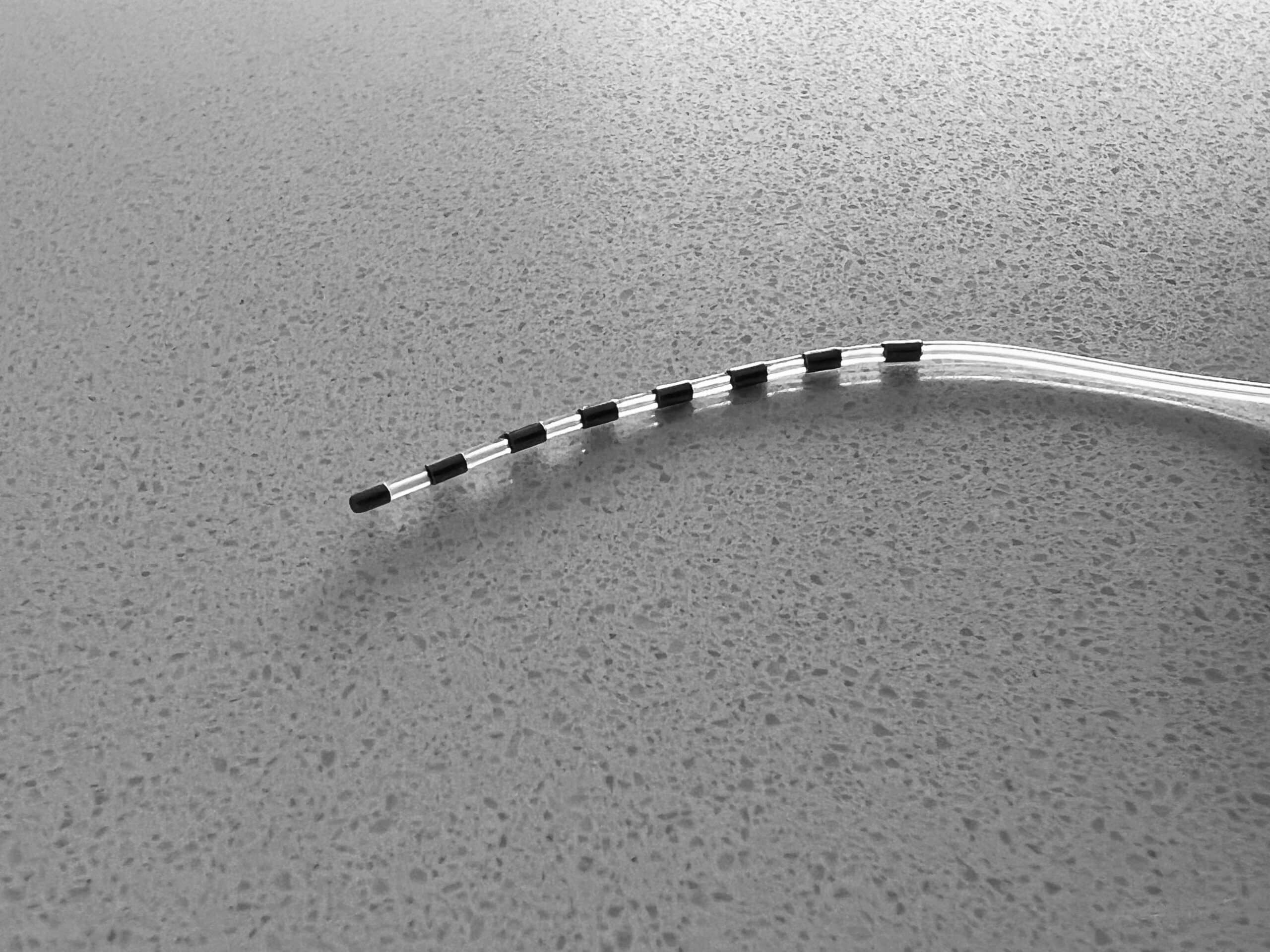SPINAL CORD STIMULATION IS A NON-OPIOID ALTERNATIVE
Spinal cord stimulation or “SCS” offers a non-opioid, FDA-approved alternative for chronic pain treatments when other therapies such as physical therapy, medication, injections, or surgery have failed.
HOW DOES IT WORK
SCS blocks the pain signals traveling between the spinal cord and the brain. Stimulation is delivered by a neurostimulator energy source that sends impulses from the device to the spine over thin insulated wires called leads. The leads have contacts that deliver mild electrical impulses to an area near your spine to interrupt pain signals between your spinal cord and brain.
WHAT ARE THE RISKS
Risks include infection, lead movement, pain at the implant site, and loss of effectiveness.
THE TRIAL
The spinal cord stimulation (SCS) is an option to try prior to committing to the implant. This experience helps you understand how well the neurostimulator may relieve your pain during different activities and while you sleep. It is important to discuss your therapy goals with your physician by creating a list. The external neurostimulator sends mild electrical impulses through the temporary leads to the nerves near your spinal cord. During the trial, you are able to use the therapy programmer to adjust the stimulation, allowing you to control the different levels and programs of stimulation the system offers.
The trial lasts up to 7 to 10 days. Afterward, you will visit your doctor and have the temporary leads removed to decide if SCS is right for you.
GENERAL STEPS OF THE TRIAL PROCEDURE:
- The doctor places temporary leads (thin and flexible wires) near your spine using X-ray guidance. The area will be numbed with a local anesthetic.
- The leads are connected to an external wireless neurostimulator, which will be secured to your back during the trial.
- In the recovery room, your device will be programmed to find a setting to determine the therapy that may work for you.
THINGS YOU’LL LEARN AFTER THE PROCEDURE:
- How to use the handheld therapy programmer
- How to care for the area around the leads
- Activities and movements to avoid during the trial period
You may experience some discomfort on your back where the leads were placed for up to 24 hours. This is temporary and should go away in the hours and days after the procedure. You might also experience some changes in stimulation intensity with certain activities during the trial stage, which can be controlled with your handheld programming device.
